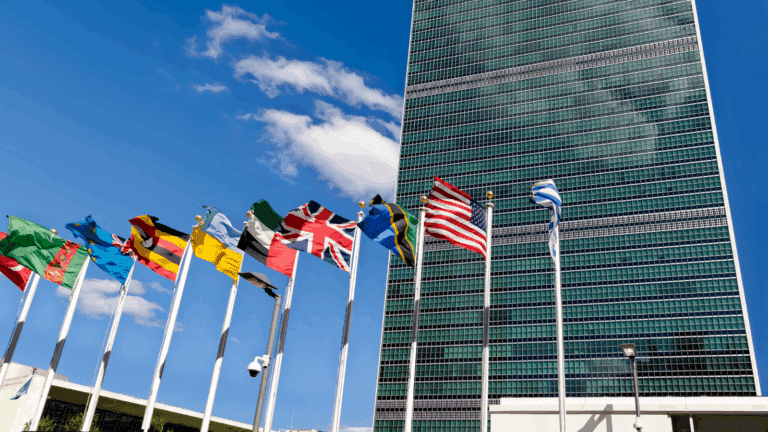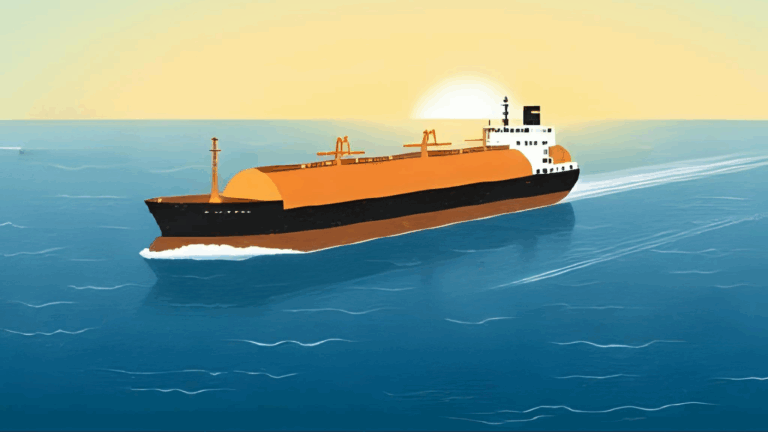By now, everyone will have seen that the United States killed Qasem Soleimani, head of the Islamic Revolutionary Guard Corps (IRGC) Qods Force, on January 2. The attack was carried out against a convoy of vehicles that also contained the head of the Kataib Hezbollah group as well as other Iraqi militia and Iranian personnel.
Soleimani was directly responsible for supplying goods that led to the deaths or injuries of thousands of US servicepeople in Iraq and Afghanistan, as well as managing Iran’s covert actions in Afghanistan, Yemen, Syria, and elsewhere. He was named a terrorist by the United States earlier this year, along with the IRGC itself when it was designated a Foreign Terrorist Organization (FTO). (In fact, that decision may explain how the attack was legal, in that the United States does have authorities on the books that would permit military action against terrorists and their organizations. It is also possible the President authorized a covert action finding that permitted the strike, though these are required to be notified to a bipartisan group of congressional leadership, which does not appear to have taken place.) Due to his direct, personal involvement in international terrorist and destabilizing regional activities, Soleimani’s death was welcomed, even by those in the United States who have concerns about the nature of the strike or its long-term implications.
With respect to the latter, there are three points worth identifying at this stage.
First, Iran will retaliate. Iran has already said it would, and it has capabilities in place to act. Unlike actual terrorist groups, and despite persistent Trump administration efforts to personalize and simplify the nature of the IRGC and Soleimani’s role in it, the IRGC is a part of the Iranian system and the Qods Force draws both budget and support from the state. The loss of even someone as important as Soleimani does not eliminate the capacity of the IRGC or the Qods Force to act in any way, shape, or form. A leadership transition will now be underway and there may even be greater incentive for the new head of the Qods Force, Esmail Qaani, to take bold actions to demonstrate his own leadership and operational qualities.
For this reason, the United States has recommended the evacuation of all unofficial Americans from Iraq. It is possible—if not probable—that Iraq itself will request the evacuation of official Americans, both to address the threat of future violence and in protest of what it believes—with some justification—is an inappropriate abuse of its sovereignty and territory for the United States to kill an official of the government of a neighboring power. But the Iranians will not limit themselves to Iraq or perhaps even to the region. Iran has demonstrated a readiness to strike targets far and wide. In the past, when it believed Israel was attacking its nuclear scientists, IRGC officers and their agents were prepared to attack Israeli interests in Europe, Southeast Asia, and Africa. Iran is absolutely proficient at asymmetric warfare and it will look for soft targets—US embassies in unprepared countries, symbols of American power and prestige, and US economic interests—far and wide. Iran may also consider cyberattacks and will almost certainly double down on its ongoing withdrawal from the JCPOA.
Second, Iran may not retaliate today, and Iran will not be reckless. It will respond, but at a time and place of its choosing, making sure it has some degree of assurance of success before it strikes. It will also avoid undermining its diplomatic posture, where possible. So it seems targets in Qatar and Oman—states where Iran has reasonably good relations—would be off the table. Targets in Saudi Arabia or the UAE may be in bounds, though this will depend on how Iran evaluates ongoing de-escalation talks with both countries. But Iran may work with Hezbollah to make things worse in Syria and Lebanon. Iran could use its Persian Gulf position to attack ships, both military and civilian, transiting the Gulf. Types of targets could range from embassies to military bases to hotels or apartment buildings (recall Khobar Towers in 1996) to oil and gas infrastructure. Iran will likely plan for this to be a step in a much longer conflict, so it will ensure there are costs paid by the United States and our partners. But it will not rush to act in 24 hours if it would be better to wait 48. We did some work on Iranian military options in and around the Strait of Hormuz this last year, and it presents some ideas for how Iran may choose to act.
Third, talks and a diplomatic resolution of this situation both appear to be off the table for 2020. This seemed to be the case before this strike, as the protests emboldened the Trump administration to believe that Iran was on the tipping point of collapse and convinced the Iranians that they absolutely could not flinch in the face of pressure. But the strike makes this all the more certain. There is some chance that the Iranians see it as a wake-up moment and seek talks, and Trump might take them up on that offer because he does personally want a deal. But it’s likely the Iranians would see that as an unpardonable weakness, especially given Soleimani’s near-cult status in hardline and middle-ground circles in Iran. The United States would also have internal disputes on the matter, as parts of the Trump administration would argue that this underscores the efficacy of the current strategy and that more concessions would be forthcoming in the future with just that much more pressure. That doesn’t mean that talks could not happen or even a deal, but we would put those odds at well under 5 percent.
Perhaps more concerning is that, while we will have an election in 2020 and depending on the outcome, there may be an expectation that we can transition back to previous policy positions—on the nuclear deal, on regional deconfliction, etc.—far too much will likely happen in 2020 to make this immediate or possible. The risk of a general conflict is greater today than yesterday at this time, but even in the absence of such a conflict, the tit-for-tat responses and escalations that are likely will make it much harder for either side to back down, regardless of what happens in elections in Iran or in the United States.
As for oil market impacts, clearly there is a new level of geopolitical risk in the markets, reflected by the market’s immediate reaction that pushed up Brent by several dollars. Whether the market sees physical disruptions in the weeks and months to come depends on how Iran views targeting oil and gas infrastructure among its potential set of options to reply. We think this may be among the more attractive options to Iran. Iran will seek to respond asymmetrically, but without going so far that a military conflict with the US is inevitable. Recent actions by Trump had signaled to Iran that it can escalate without triggering that risk because it was clear Trump sought to avoid military escalation. This brazen attack may undermine Iran’s confidence in that assessment. In that case, striking energy targets in the region may be especially appealing, as they will not cross a declared red line for the US. Iran has already shown what it can do with the attack on Abqaiq. We should not discount the probability Iran would take similar actions, or potentially target US oil activities in Iraq or interfere with oil transit in the Gulf. US Oil companies operating in Basra will be on heightened alert.
The US administration clearly feels less threatened by oil supply disruptions as a result of surging shale production, but in a global oil market, prices in the US will still reflect global supply disruptions, and in an election year, Iran may still see that it has some leverage by pushing up oil prices. As we recently explained, shale does indeed provide an important buffer for oil markets, but by no means makes the US “independent.”




